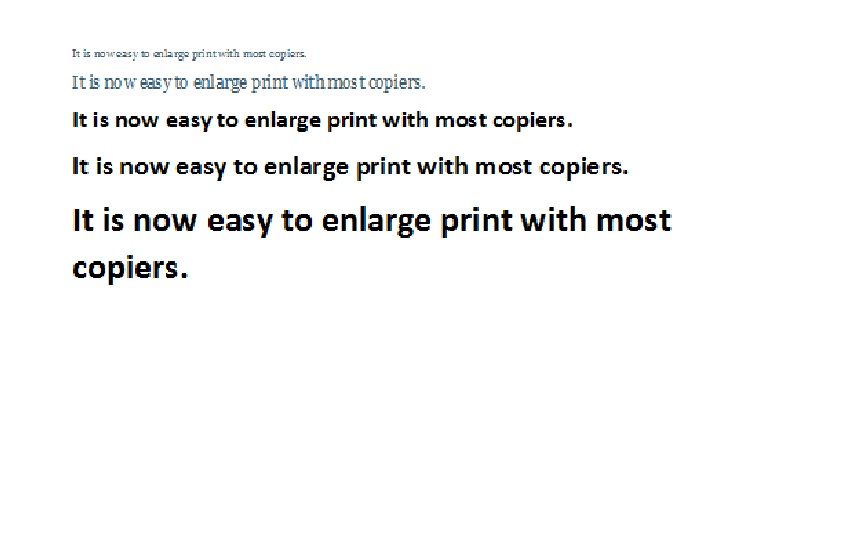
Learning to read and reading to learn are complex tasks which require many precisely integrated processes to take place rapidly and accurately. Interference with visual input can cause frustration, disinterest, and poor comprehension. Professor Naama Friedmann from Tel Aviv University gave a presentation last year at the College de France organized by Stanislas Dehaene in which she discussed the diagnosis and treatment of the 19 subtypes of dyslexia which are categorized as visual or phonological deficits. http://www.college-de-france.fr/site/en-stanislas-dehaene/seminar-2015-02-10-11h00.htm
In a corresponding paper on “Developmental Attentional Dyslexia” https://www.researchgate.net/profile/Naama_Friedmann/publication/46219285_Developmental_attentional_dyslexia/links/56f122b308ae519284fbd82a.pdf Friedmann reports research on peripheral dyslexias, “a dyslexia that results from a deficit in the early stages of orthographic-visual analysis. The visual analyzer has three distinct functions: it identifies the abstract identity of letters, it encodes their position within the word, and when more than one word is read, it sets the attentional window that allows attention to be allocated to a single word”. In their research on reading, vision and attention are considered essentially synonymous.
Their research has shown that the forms of dyslexia which are the result of differences in development are similar to the aberrations in seeing and processing of print which were first discovered by studying people who have had brain injuries (acquired dyslexia). The people who have had brain injuries know what the print looked like before their injuries. Children with peripheral dyslexia don’t recognize that what is happening to the print is not normal. They have no reason to assume that what is happening to them does not happen to everyone else.
Visual dyslexias cause people to continue to analyze words from their letters to their sounds and then combine the sounds to make a word instead of seeing the word and the sequences of letters in the word which are then compared with what is stored in their sight vocabulary. The more letters there are in a word, the longer it takes these people to identify the word (word length effect), but proficient readers read long words almost as quickly as they read short words by taking in more information with each look and integrating what they see with their lexical stores.
Visual word form area in visual cortex remembers words as pictures
All peripheral dyslexias are exacerbated by crowding*. The error rate goes up as the words become longer and the error rate goes down when the distance between the words is increased. More complex stimuli (more words and lines on a page, less space between lines, larger pages, more difficult words and content) overwhelm the reader’s attentional resources which causes frustration and more errors.

